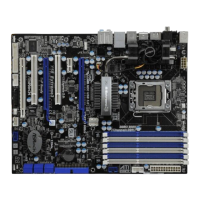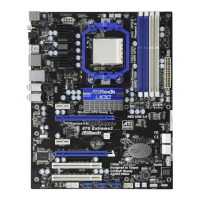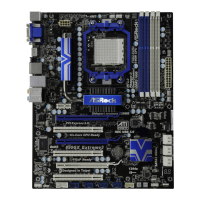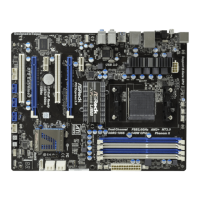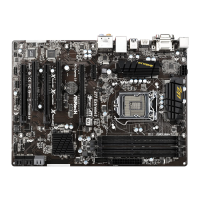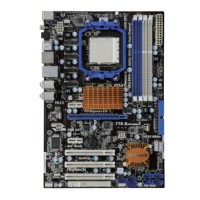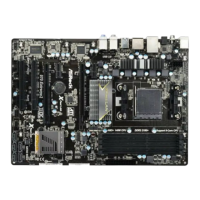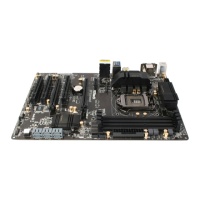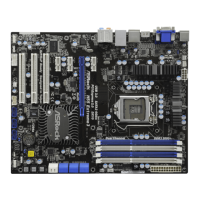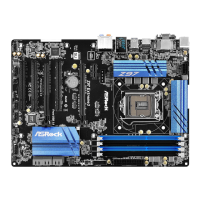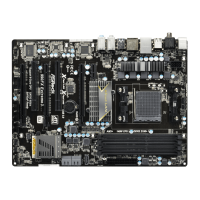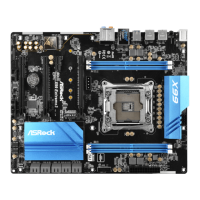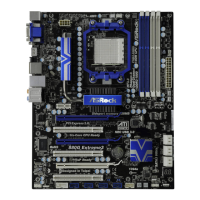
Do you have a question about the ASROCK 880G EXTREME3 - V1.0 and is the answer not in the manual?
| Chipset | AMD 880G |
|---|---|
| CPU Socket | AM3 |
| Max Memory | 16GB |
| Expansion Slots | 2 x PCI Express 2.0 x16, 2 x PCI Express x1, 2 x PCI |
| PCI Express 2.0 x16 | 2 |
| PCI Express x1 | 2 |
| PCI Slots | 2 |
| Onboard Video Chipset | ATI Radeon HD 4250 |
| Audio Chipset | Realtek ALC892 |
| Audio Channels | 8 Channels |
| LAN Chipset | Realtek RTL8111E |
| Max. LAN Speed | 10/100/1000Mbps |
| USB 3.0 Ports | 2 x USB 3.0 |
| Form Factor | ATX |
| Memory Slots | 4 |
| Memory Standard | DDR3 |
| Storage Interface | 6 x SATA 3Gb/s |
| RAID Support | RAID 0, 1, 10 |
| USB Ports | 12 (6 on back panel, 6 via headers) |
Lists all items included in the motherboard package.
Details hardware specifications of the motherboard, including CPU, memory, expansion slots, and graphics.
Illustrates the physical arrangement of components and connectors on the motherboard.
Describes the rear panel input/output ports and their functions.
Essential safety and handling guidelines before installing components.
Step-by-step guide for correctly installing the CPU into the motherboard socket.
Instructions for installing DDR3 memory modules into the DIMM slots for dual channel operation.
Explains the types and uses of PCI and PCI Express slots for expansion cards.
Guide for setting up multi-GPU configurations using AMD CrossFireX™ technology.
Details the function and configuration of various jumpers on the motherboard.
Identifies and explains the purpose of various onboard headers and connectors.
Explains the Dr. Debug feature for troubleshooting and diagnostic codes during POST.
Steps for installing SATA3 hard disk drives for internal storage.
Guide for installing operating systems on RAID-configured SATA3 drives.
Guide for installing operating systems on SATA3 drives without RAID.
Overview of the BIOS Setup Utility and how to access it.
Displays the system overview information upon entering the BIOS setup.
Allows configuration of overclocking features to enhance system performance.
Provides access to advanced system configurations including CPU, Chipset, and ACPI.
Settings related to CPU features like Cool 'n' Quiet and Virtual Machine support.
Options for configuring onboard devices like HD Audio, LAN, and graphics adapters.
Manages storage devices, SATA operation modes (IDE, AHCI, RAID), and related settings.
Monitors system hardware status including temperatures, fan speeds, and voltages.
Configures system boot settings and boot device priority.
Options for saving changes, discarding changes, or loading default settings before exiting BIOS.
General guidance for installing supported Microsoft Windows operating systems.
Information about the included support CD containing drivers and utilities.
